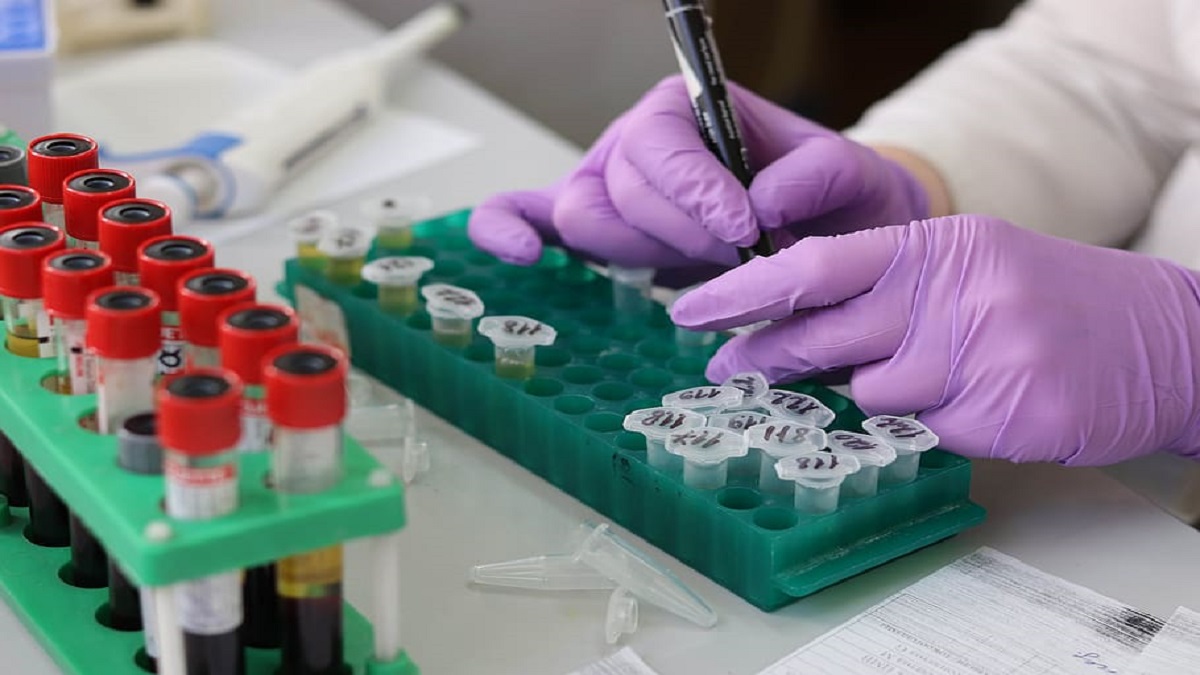Serum lipid profile include measurements of total lipids, phospholipids, triglycerides, total cholesterol, high density lipoprotein cholesterol (HDL-C), low density lipoprotein cholesterol (LDL-C) and very low density lipoprotein cholesterol (VLDL-C).
HDL-C transports cholesterol from cells to liver (anti-risky). LDL-C transport cholesterol to cells. VLDL-C transports triglycerides from the liver to cells.
Lipids are insoluble in water but are carried in the body fluids as soluble protein complexes known as lipoproteins.
Triglycerides are formed by combining glycerol with three molecules of fatty acid. Triglycerides cannot pass through cell membranes freely. Special enzymes on the walls of blood vessels called lipoprotein lipases must break down triglycerides into free fatty acids and glycerol.
Triglycerides, as major components of very-low-density lipoprotein (VLDL) and chylomicrons, play an important role in metabolism as energy sources and as transporters of dietary fat.
Cholesterol is an essential structural component of mammalian cell membranes and is required to establish proper membrane permeability and fluidity. Cholesterol also serves as a precursor for the biosynthesis of steroid hormones, bile acids and vitamin D.
Serum lipids and glucose variables are measured using spectrophotometer.
Prof. Mahmoud Rushdi
